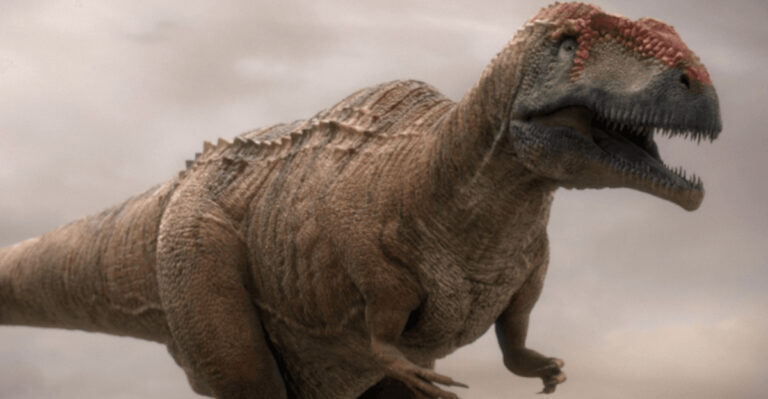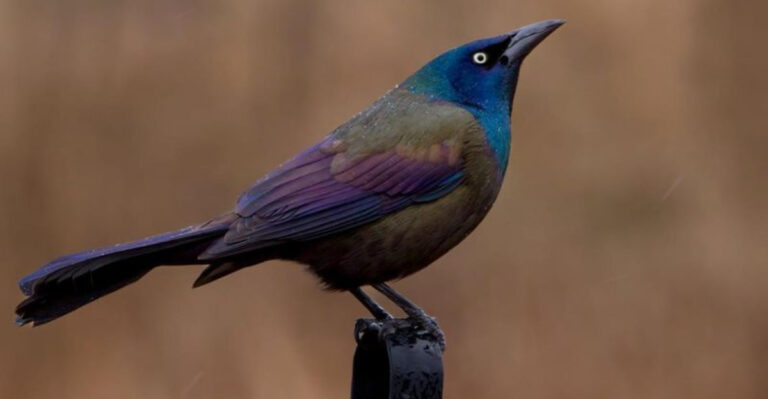Can We Ever Bring Dinosaurs Back? The Science Of De-Extinction

Ever wondered if we could actually bring back dinosaurs like in the movies? Scientists are exploring a fascinating field called de-extinction, which aims to revive extinct species using advanced genetic techniques.
While Jurassic Park made it seem simple, the reality involves complex scientific challenges and ethical questions that researchers are still trying to solve.
1. DNA Degradation: The Biggest Hurdle
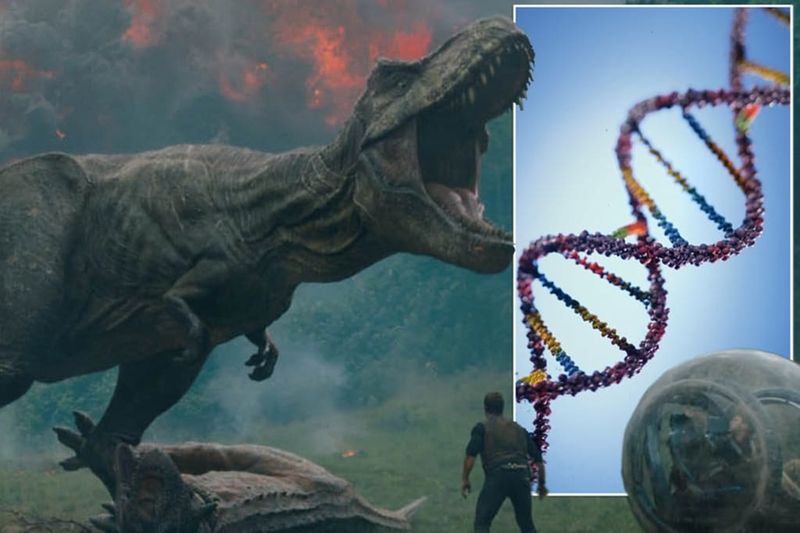
Ancient DNA breaks down over time, making dinosaur revival particularly challenging. After about 1-2 million years, genetic material degrades beyond recovery, and dinosaurs vanished roughly 65 million years ago.
Scientists have only recovered fragments of dinosaur DNA, not nearly enough for cloning. This fundamental problem means we might never have the complete genetic blueprint needed to bring T-Rex back to life.
2. Amber Preservation Isn’t Perfect
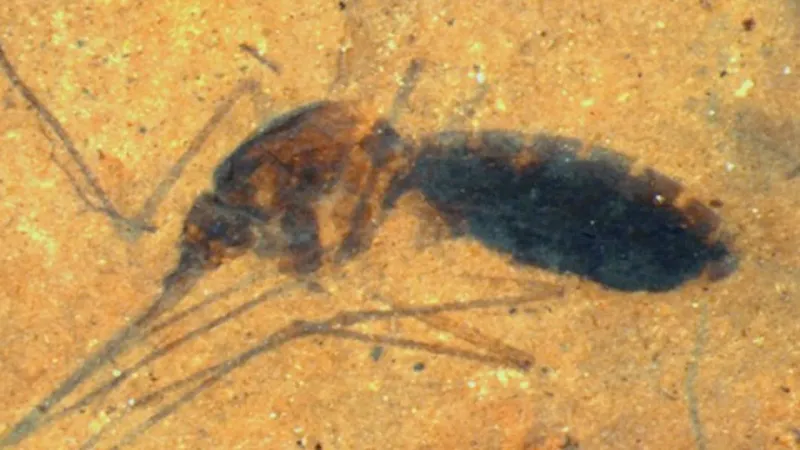
Remember that mosquito in amber from Jurassic Park? Real amber-preserved insects rarely contain usable DNA. The preservation process itself damages genetic material, and researchers haven’t successfully extracted dinosaur blood from any amber samples.
Recent studies show that DNA in amber degrades within thousands—not millions—of years, crushing hopes for this movie-inspired method of dinosaur revival.
3. Birds: Living Dinosaur Descendants
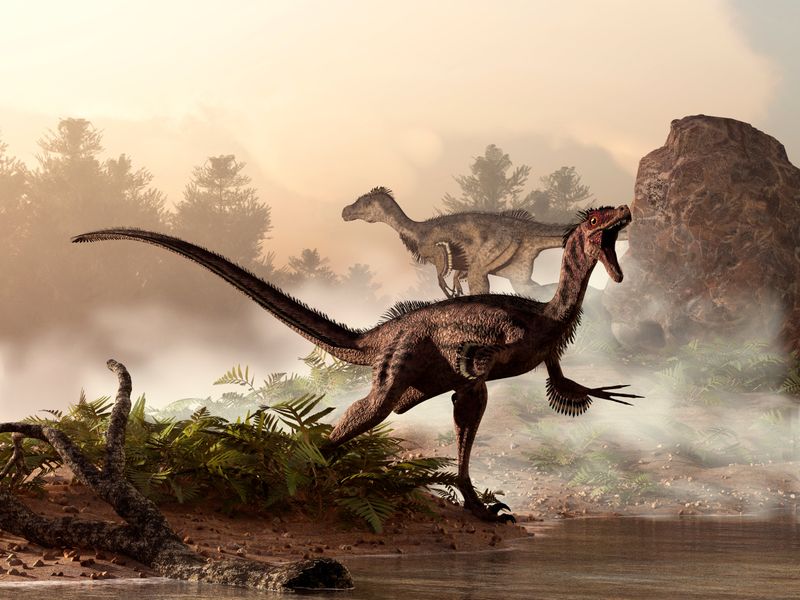
Your backyard birds are actually modern dinosaurs! Scientists classify birds as avian dinosaurs, direct descendants of theropods like Velociraptor. Their shared features include hollow bones, feathers, and similar reproductive systems.
By studying bird genomes, researchers can identify ancestral dinosaur genes. This connection means we already have living dinosaurs all around us—just in evolved, smaller packages!
4. Reverse Engineering Through Atavisms

Nature occasionally reveals dinosaur traits in modern birds through atavisms—genetic throwbacks to ancestral features. Some chickens have been born with teeth-like structures and reptilian tails instead of feathers.
By identifying and activating these dormant dinosaur genes, scientists might recreate dinosaur-like creatures. The “chickenosaurus” project aims to reverse-engineer birds back toward their dinosaur ancestors, one genetic tweak at a time.
5. The Mammoth Revival Blueprint
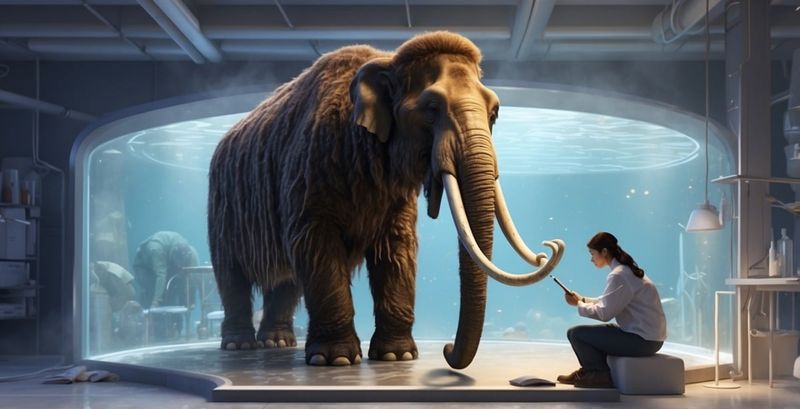
Woolly mammoths provide a more realistic de-extinction model than dinosaurs. Their remains are younger (10,000 years old), often preserved in permafrost, with recoverable DNA fragments.
Companies like Colossal Biosciences are splicing mammoth genes into elephant DNA, creating mammoth-elephant hybrids. These projects demonstrate potential pathways for revival, though dinosaurs present far greater challenges due to their much older extinction.
6. Fill-in-the-Gaps Technology
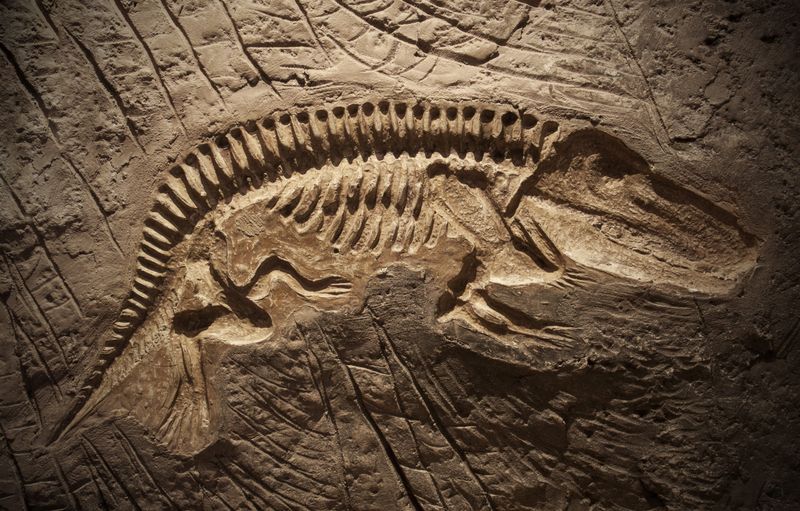
Missing dinosaur DNA segments might be reconstructed using sophisticated algorithms and comparative genetics. By analyzing related species like birds, crocodiles, and turtles, scientists can make educated guesses about dinosaur genetics.
CRISPR gene-editing technology could potentially insert these reconstructed sequences into living cells. The process resembles digital restoration of damaged ancient texts—making best estimates where information is missing.
7. Fossil Proteins Offer New Hope
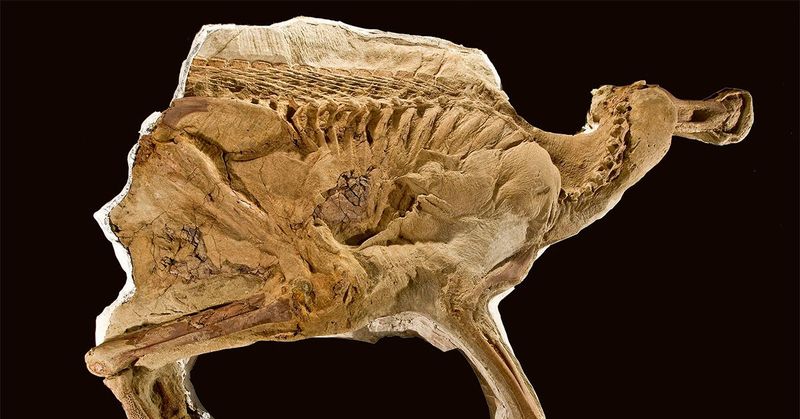
Proteins outlast DNA by millions of years, and scientists have identified protein fragments in some dinosaur fossils. In 2020, researchers reported finding preserved cartilage cells in a 75-million-year-old dinosaur specimen.
These discoveries don’t provide complete genetic information but offer clues about dinosaur biology. Protein analysis could potentially reveal more about dinosaur genetics than previously thought possible.
8. The Ecosystem Problem
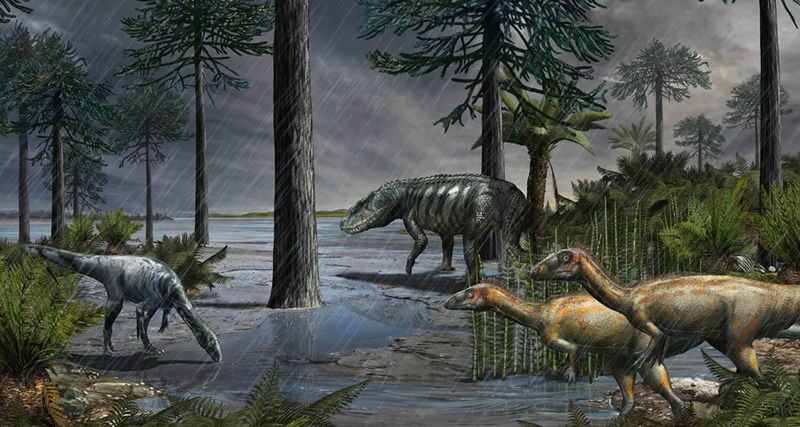
Reviving dinosaurs would require recreating their ancient environment. Modern oxygen levels, temperatures, and plant life differ dramatically from the Mesozoic era when dinosaurs thrived.
Large dinosaurs evolved in higher-oxygen atmospheres that supported their massive size. Without recreating these conditions, revived dinosaurs might struggle to survive, requiring artificial habitats or significant genetic modifications to adapt to today’s world.
9. Microbiome Mysteries
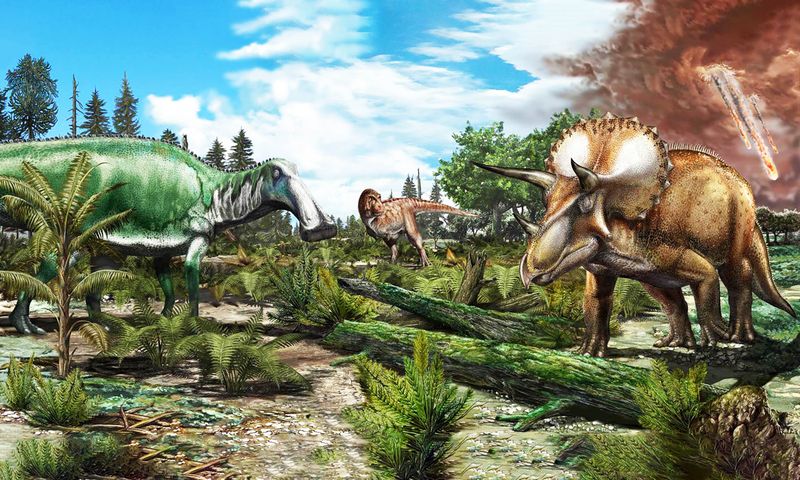
Dinosaurs, like all animals, relied on gut bacteria for digestion. Without knowing their specific microbiome composition, revived dinosaurs might face severe digestive problems.
Scientists would need to reconstruct extinct gut bacteria or engineer modern alternatives. This overlooked aspect of de-extinction represents another complex puzzle—beyond just DNA—that would need solving before dinosaurs could thrive again.
10. Epigenetic Roadblocks
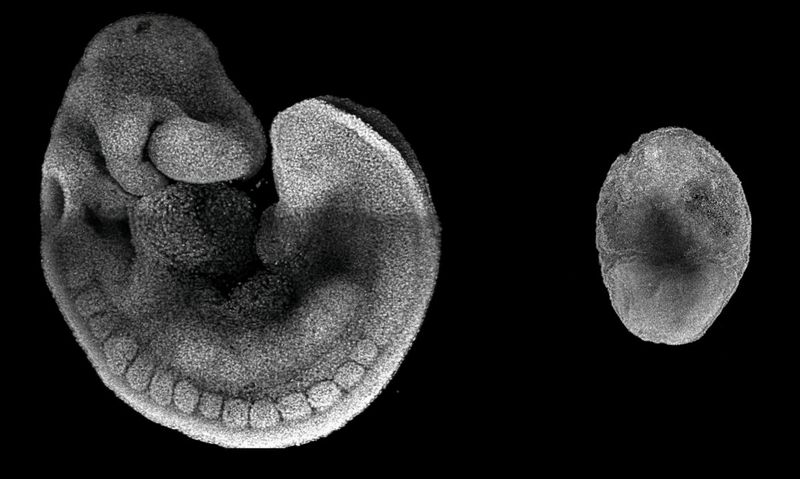
Beyond DNA sequences, epigenetic factors—which control gene expression—would be nearly impossible to recover from fossils. These chemical markers tell genes when to activate during development.
Without correct epigenetic programming, embryonic development would likely fail. Creating a dinosaur embryo requires more than just the genetic code—it needs the instruction manual for how to build the dinosaur from scratch.
11. The Surrogate Mother Challenge
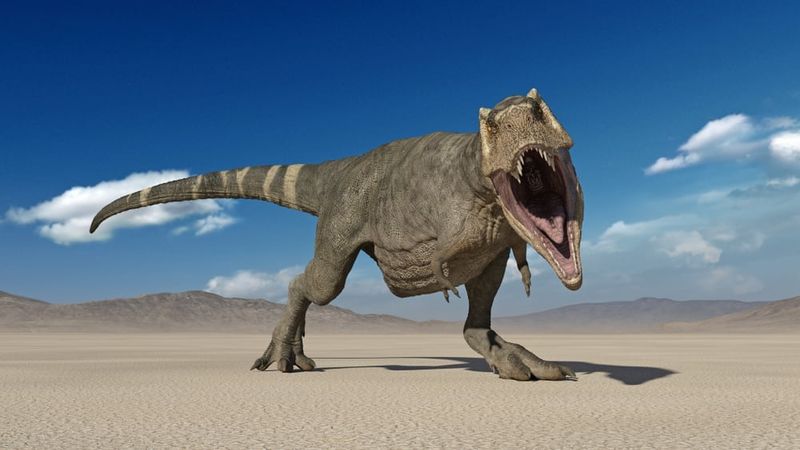
Any recreated dinosaur embryo would need a suitable surrogate mother. Birds, the closest living relatives, have fundamentally different reproductive systems than larger dinosaurs.
Even large flightless birds like ostriches couldn’t accommodate a developing T-Rex. Artificial wombs might offer a solution, but this technology remains in early development even for modern species, making dinosaur gestation a significant technical hurdle.
12. Ethical Considerations Beyond Science
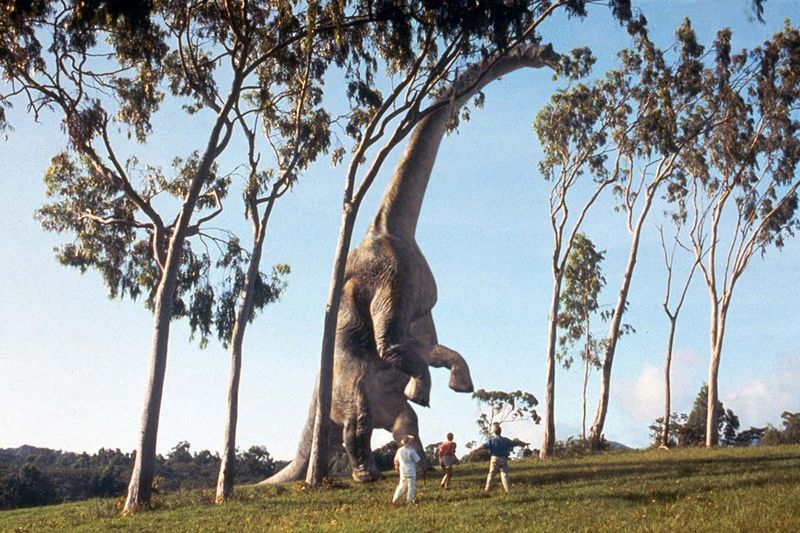
Bringing back predatory dinosaurs raises serious ethical questions. Would these animals suffer in modern environments? Could they escape and threaten ecosystems or human safety?
Many scientists argue resources would be better spent conserving endangered modern species. The ethics debate extends beyond technical feasibility to whether we should pursue dinosaur revival even if it becomes possible.
13. Regulatory and Safety Frameworks
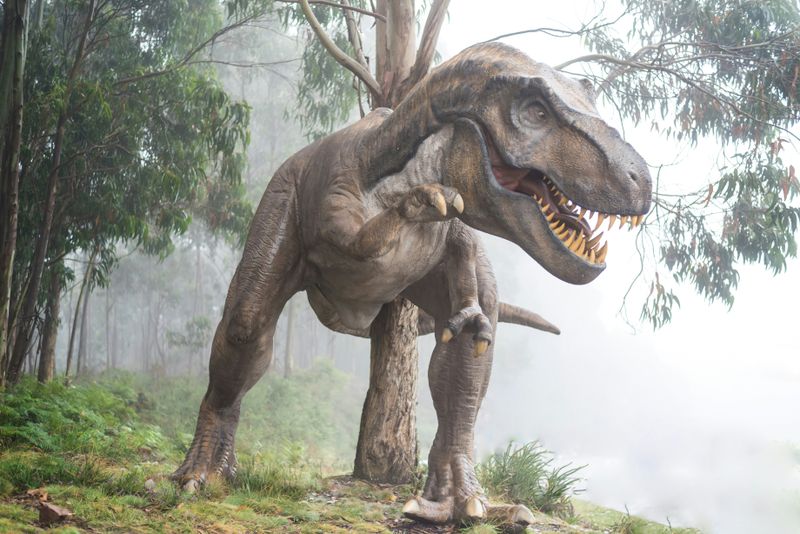
No legal framework exists specifically for de-extinct species. Revived dinosaurs would raise unprecedented questions about ownership, containment requirements, and liability for potential damages.
International treaties would need updating before any dinosaur revival attempts. The catastrophic scenarios depicted in Jurassic Park highlight legitimate concerns about containing powerful, intelligent prehistoric predators in modern settings.
14. The Cheaper Alternative: Digital and Robotic Dinosaurs
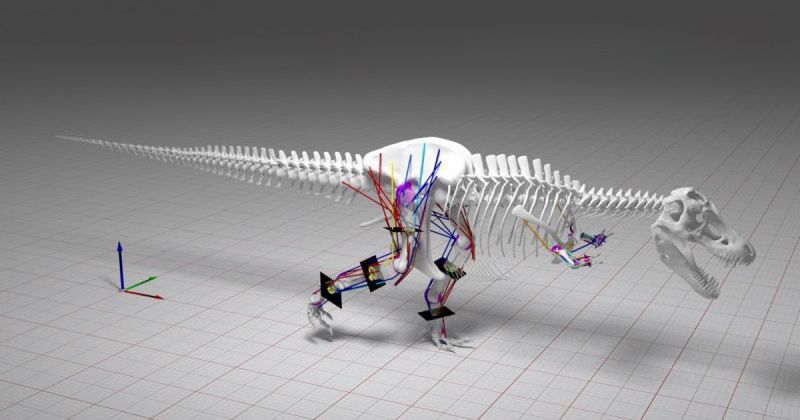
Computer simulations and robotics offer alternative ways to “bring back” dinosaurs without genetic engineering. Advanced AI could model dinosaur behavior based on fossil evidence and related species.
Realistic robotic dinosaurs with AI-driven movements might satisfy scientific curiosity and public fascination more safely. These technologies already create impressive museum exhibits and could eventually produce dinosaur-like entities for research and education.
15. The 100-Year Horizon

Most scientists agree true dinosaur de-extinction lies beyond current technology, but technological advancement moves rapidly. Breakthroughs in synthetic biology, quantum computing, and artificial intelligence could overcome today’s seemingly insurmountable obstacles.
While we won’t see Jurassic Park next year, future generations might witness something remarkably close. The scientific journey itself continues to yield valuable discoveries applicable to medicine, conservation, and biology.

